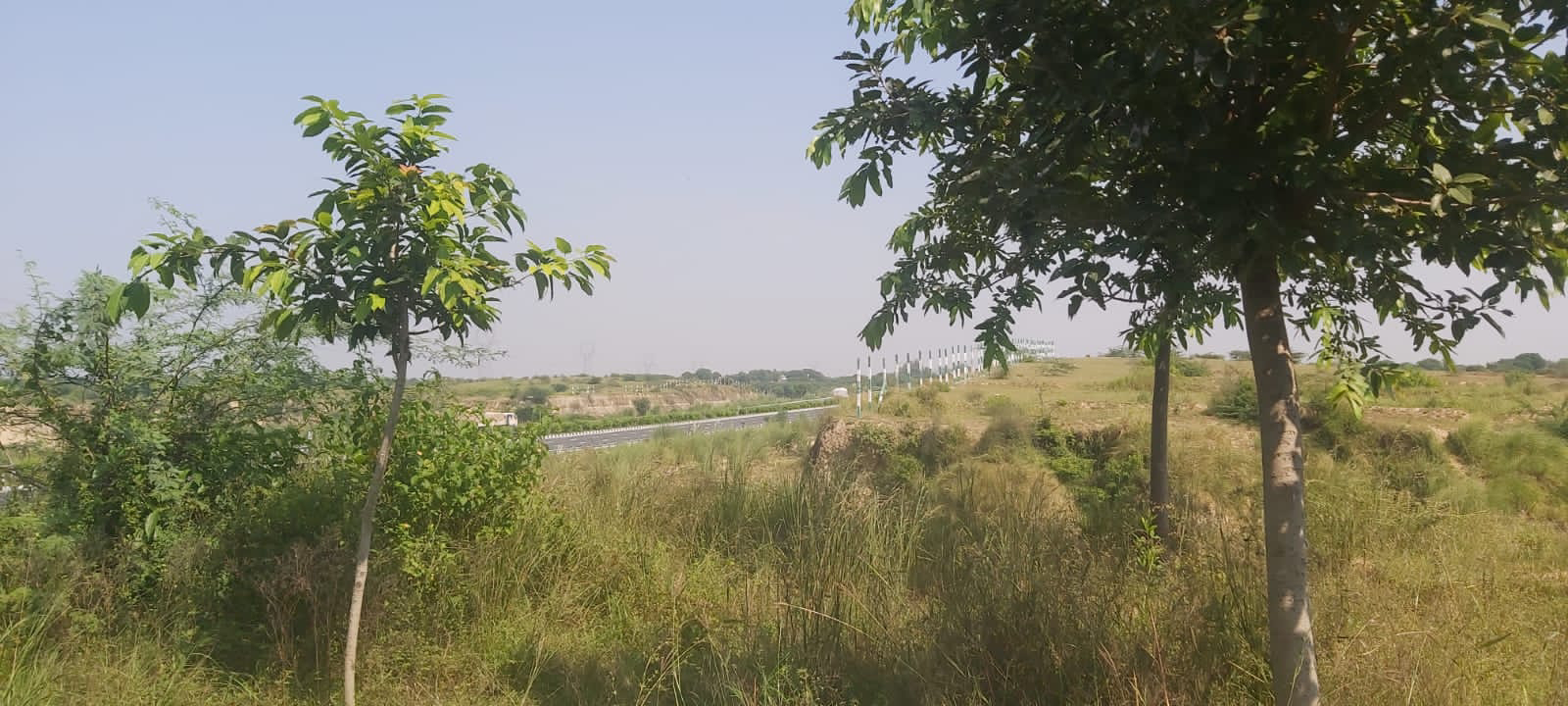Trees Are Able To Save Lives From Earthquakes
"Buildings in the future could be isolated from earthquakes by being placed behind rows of trees."
An earthquake is a sudden, rapid shaking of the ground caused by the shifting of rocks deep underneath the earth’s surface. Pressure under the surface of the earth increases gradually until it finds a way out. Earthquakes can cause fires, tsunamis, landslides or avalanches.
Anthropogenic Causes Of Earthquakes
In reality, earthquakes occur for following anthropogenic reasons:
1. Making of a dam- the water’s force may cause changes in the soil on which the dam is built;
2. Injecting liquid into the soil- if it is done, an earthquake may occur. Best example is from the USA where the U.S. Army injected ‘165 million gallons of toxic waste’ in the Rocky Mountains via a well from 1962 to 1966 but stopped this operation due to earthquakes;
3. mining operations lead to earthquakes;
4. Like mining, drilling can have severe effects on soil strata and cause earthquakes. A natural-gas field in Uzbekistan, the Gazli, caused changes in the tectonic activity in the region;
5. Multi storey buildings harm the earth’s surface. The Taipei 101, proposed to be the largest building on the globe in 2005, ‘weighs in at more than 700,000 metric tons’.
6. Forest fires destroy trees, which lead terrestrial movements.
7. Deforested areas are particularly vulnerable to landslides. When tree roots die, they leave behind soil pipes (macropores), small tunnels able to channel water from the surface deep into the ground. This significantly boosts the pressure groundwater is under, triggering more landslides.
Role Of Trees And Forests In Reducing The Impact Of Earthquakes
An earthquake mostly topples manmade structures, while natural ones tend to stay where they are, even when powerful earthquakes occur. That's because plants are very flexible because of the way their cells align, enabling pressure to be released. Moreover, their roots allow them to disperse seismic waves effectively.
Trees play an important role in reducing the impact of earthquakes. They can help to stabilise the soil and prevent landslides, which can be a major cause of earthquake damage.
Trees act as resonators, which oscillate at certain frequencies, even at long wavelengths. In the right arrangement, the interaction of resonating trees can redirect the energy of seismic waves deep into the soil, reducing damage, they claim. The resonating trees offer local protection against surface waves of certain frequencies.
In a natural forest, the researchers noted that the irregular height of trees and of the gaps between them offered protection against a larger range of earthquake frequencies than a uniform array would. If the trees are arranged by decreasing height, they would cover an even wider range of seismic frequencies.
Managed forests could make earthquakes less destructive. Barriers of trees are planted between the buildings or facilities to be protected from earthquakes. Tree height is managed so that the forest takes on a wedge shape, with the highest trees closest to the potential seismic source and tree height gradually decreasing away from this.
When an earthquake takes place, potentially destructive Rayleigh waves are generated, which travel close to the surface. The forest resonates in response to the arrival of the Rayleigh waves, converting them into less destructive shear waves which travel down into the Earth’s interior where they can do no harm.
If the trees are arranged by decreasing height, they would cover an even wider range of seismic frequencies.
Timber based and woody trees are preferred in seismic areas for its ductility, lightness and for its mechanical strength compared to other traditional materials.
Clusters of forest trees can be assumed as naturally available seismic metamaterials capable of mitigating low-frequency earthquake waves. Strategic afforestation could be an effective way to safeguard a region from earthquake hazards.
In Turkiye, the earthquake affected 11 provinces thousands of buildings were demolished or severely damaged, rendering them unsuitable for habitation. As part of the recovery process after the deadly twin earthquakes, the Turkish government has issued orders to build quake-resistant buildings in regions with forests and favourable soil conditions. 10 saplings to be planted for each tree cut down in Türkiye's earthquake zone.
Japan, which is also vulnerable to earthquakes, relies on afforestation. Here is a video explaining how Japan is working to reduce the impacts of earthquakes and tsunamis.
The Indian subcontinent has had a history of potent seismic activity. The country has also seen some of the most devastating earthquakes in the past few decades. Statistics have shown around 54% of India is vulnerable to earthquakes.
Here are some ways in which trees can help to reduce the impact of earthquakes:
1. Root systems: Trees have extensive root systems that can help to hold soil in place. This can prevent soil from shifting during an earthquake, which can reduce the risk of landslides and other types of damage.
2. Absorption of water: Trees absorb water from the soil, which can help to prevent soil from becoming too saturated. This can reduce the risk of liquefaction, which is when soil loses its strength and becomes like a liquid during an earthquake.
3. Protection of infrastructure: Trees can also help to protect infrastructure such as roads and buildings. They can act as a barrier to prevent soil from eroding and can also help to absorb some of the shock waves from an earthquake.
4. Carbon sequestration: Trees are also important for reducing greenhouse gas emissions and mitigating climate change. This is important because climate change can increase the frequency and intensity of natural disasters such as earthquakes.
In summary, trees play an important role in reducing the impact of earthquakes. They can help to stabilise soil, prevent landslides, absorb water, protect infrastructure, and mitigate climate change. It is important to protect and preserve our forests in order to maximise their benefits in reducing the impact of earthquakes and other natural disasters.



Comments
Post a Comment